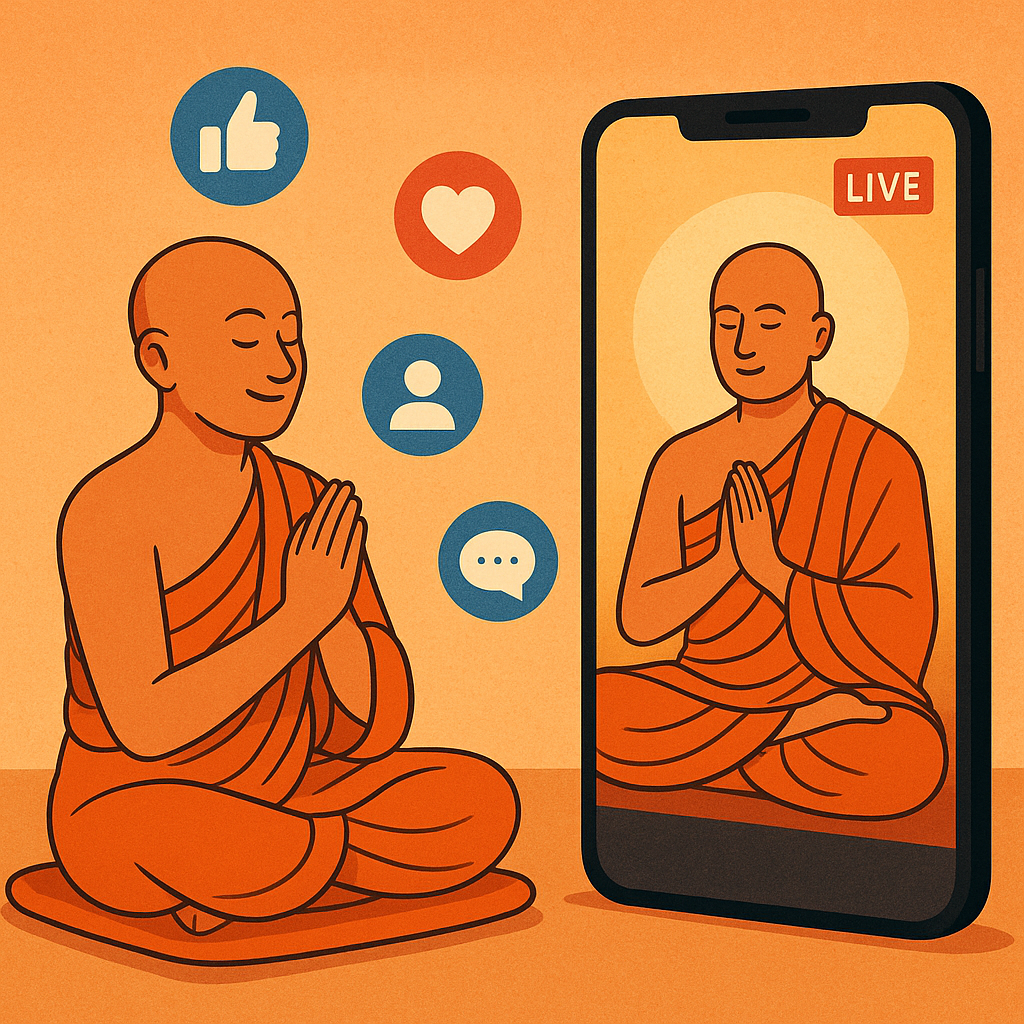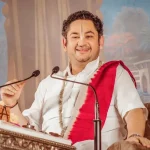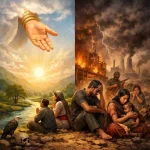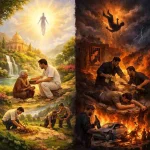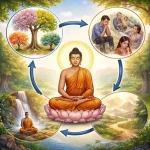Digital Dharma: How Social Media Is Becoming the New Satsang Hall
For centuries, satsangs — gatherings for spiritual discourse and singing of devotional songs — were held in temples, ashrams, and open courtyards. People would sit together, listen to saints, and feel connected through shared faith. Today, that same sense of community is being reborn — not under a banyan tree, but across screens. The smartphone has become the new temple bell, and social media platforms are fast turning into the new satsang halls of modern India.
The Shift from Physical to Digital Devotion
In earlier times, a devotee might travel miles to listen to a spiritual guru or attend a weekly bhajan. But in the digital age, wisdom is only a swipe away. Instagram, YouTube, and podcasts are filled with voices of monks, yogis, and spiritual influencers who reach millions of people every day. This digital transformation has expanded the meaning of dharma. What was once local and community-based has now become borderless and global. A person in Delhi can listen to a discourse from Rishikesh, a student in Bengaluru can meditate along with a live session from Varanasi, and devotees abroad can chant together through live-streams. The satsang hall is no longer defined by geography — it is a shared digital space where seekers gather, not with folded hands, but with open apps.
Why Digital Dharma Works for a New Generation
The younger generation — especially Millennials and Gen Z — lives online. For them, spiritual awakening doesn’t require physical presence; it needs relevance. When a monk explains karma in simple language on YouTube, or when a motivational reel quotes the Gita in a modern way, it resonates deeply. Short, relatable, visually engaging content has become the new medium of teaching timeless truths. A 60-second reel on “peace of mind” can reach more people than a three-hour lecture in a traditional hall. In this way, social media has made dharma more accessible and democratic. Everyone — regardless of background, age, or location — can participate.
The Rise of the “Digital Guru”
The digital space has given rise to a new kind of spiritual communicator — the digital guru. Unlike the traditional saint, this figure might not wear saffron robes or live in an ashram. They may be a young yoga teacher, a life coach, or a modern monk fluent in memes and mindfulness. These new-age spiritual voices speak the language of their audience — mixing ancient philosophy with everyday struggles: stress, relationships, purpose, and productivity. Their approach is conversational rather than sermon-like. They don’t preach; they share. Interestingly, even traditional spiritual leaders are embracing the change. Many temples and ashrams now have official YouTube channels, live-stream aartis, and share messages on Twitter and Instagram. The goal is not to replace the real satsang, but to extend its reach — to meet devotees where they already are.
Community in the Age of Connection
Satsang, at its heart, means “company of truth.” It is not merely listening to a discourse; it’s about being in the company of like-minded souls. Surprisingly, this sense of connection is flourishing online. Comment sections, discussion groups, and digital communities have become spaces where people share experiences, prayers, and reflections. A person struggling with anxiety might find solace in an online group that practices meditation together. Someone far from home might connect with a bhajan livestream and feel part of a familiar rhythm. Through these digital gatherings, people find the same emotional warmth and spiritual bond that once existed in physical satsangs.
The Double-Edged Sword
Yet, the digital path to dharma is not without its challenges. The same platforms that connect people can also distract them. The constant flow of information can dilute depth, turning spirituality into content consumption. Some seekers may start chasing views, likes, or trends instead of inner transformation. The essence of satsang — self-reflection and silence — can sometimes get lost in the noise of the digital crowd. The true challenge, therefore, lies in using these tools mindfully. Technology should serve as a bridge to spirituality, not a barrier.
Bridging Tradition and Technology
Despite its flaws, digital dharma has achieved something remarkable — it has bridged tradition and modernity. The sacred chants, stories, and teachings that once required a physical gathering are now preserved and shared globally. Festivals, meditations, discourses — all are reaching the next generation in formats they understand. What’s even more beautiful is the inclusivity it brings. Someone who never had access to spiritual learning before can now listen, learn, and participate. The teachings of saints are no longer confined to geography or privilege — they belong to everyone.
A New Era of Satsang
The world has changed, and so has the way we seek truth. The satsang hall is now virtual — a space of connection rather than location. The guru’s voice echoes not through loudspeakers, but through podcasts and livestreams. The devotees’ chants are no longer limited to one courtyard; they ripple across the digital cosmos. This transformation is not a loss of tradition — it’s an evolution. Digital dharma is proving that technology and spirituality can coexist beautifully. The tools may change, but the essence remains the same: the search for peace, the desire for truth, and the need for connection.
As long as the heart remains open, even a glowing screen can become a sacred lamp — lighting the path of wisdom in the modern world.
~Religion World Bureau

